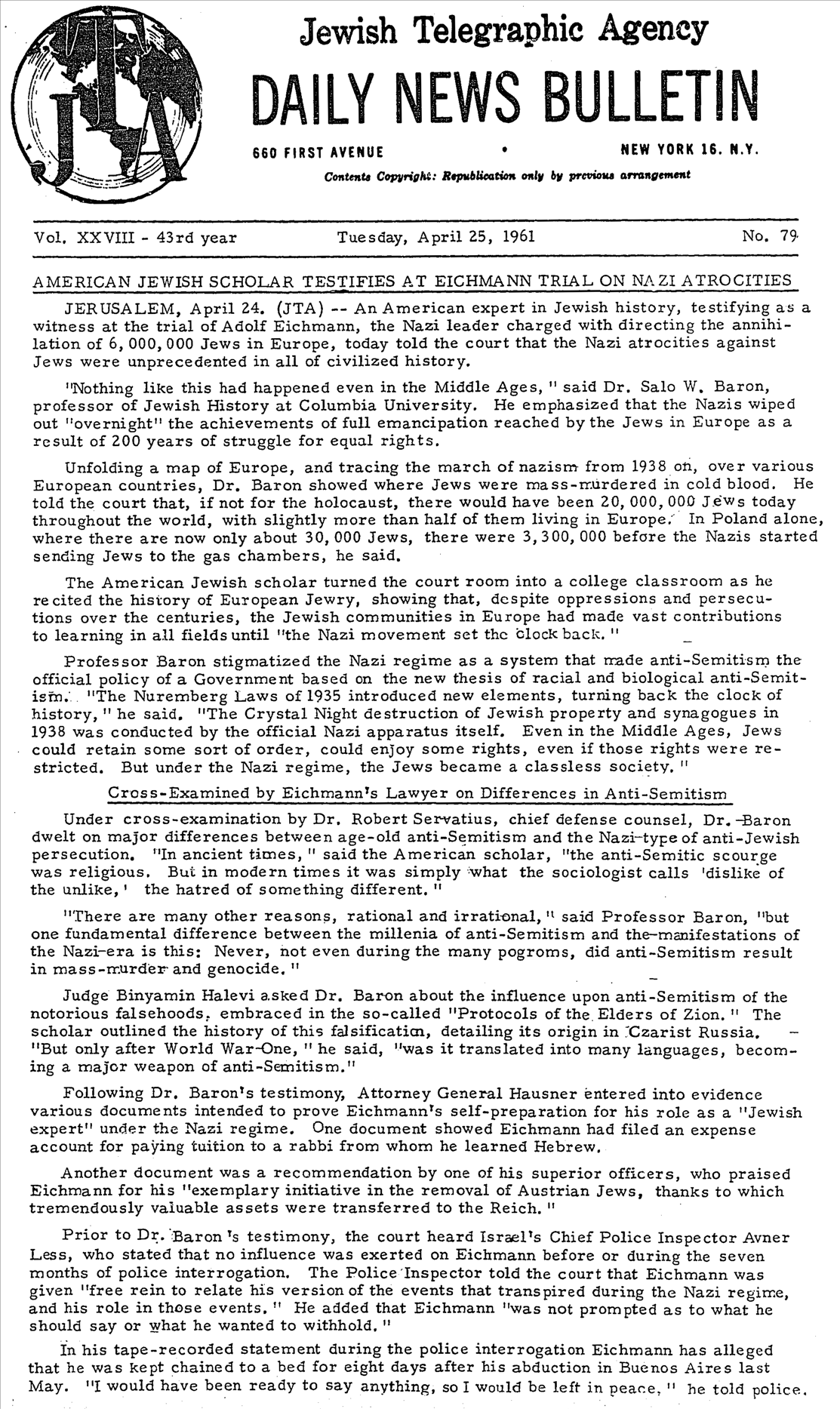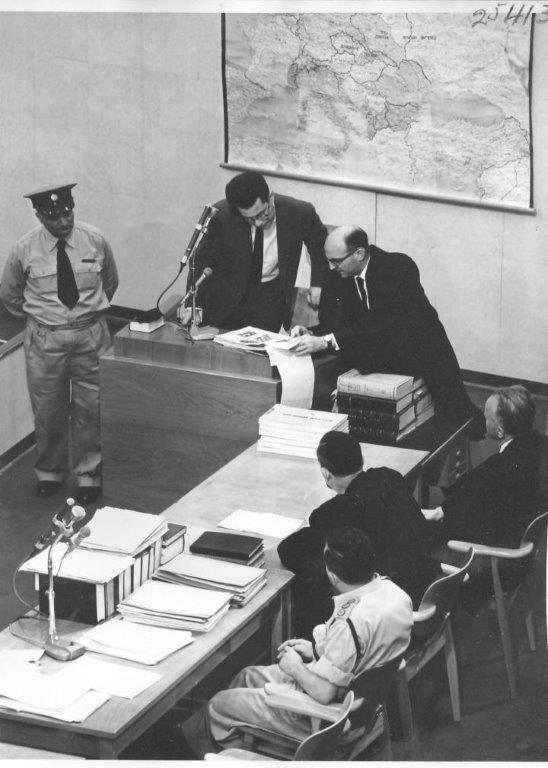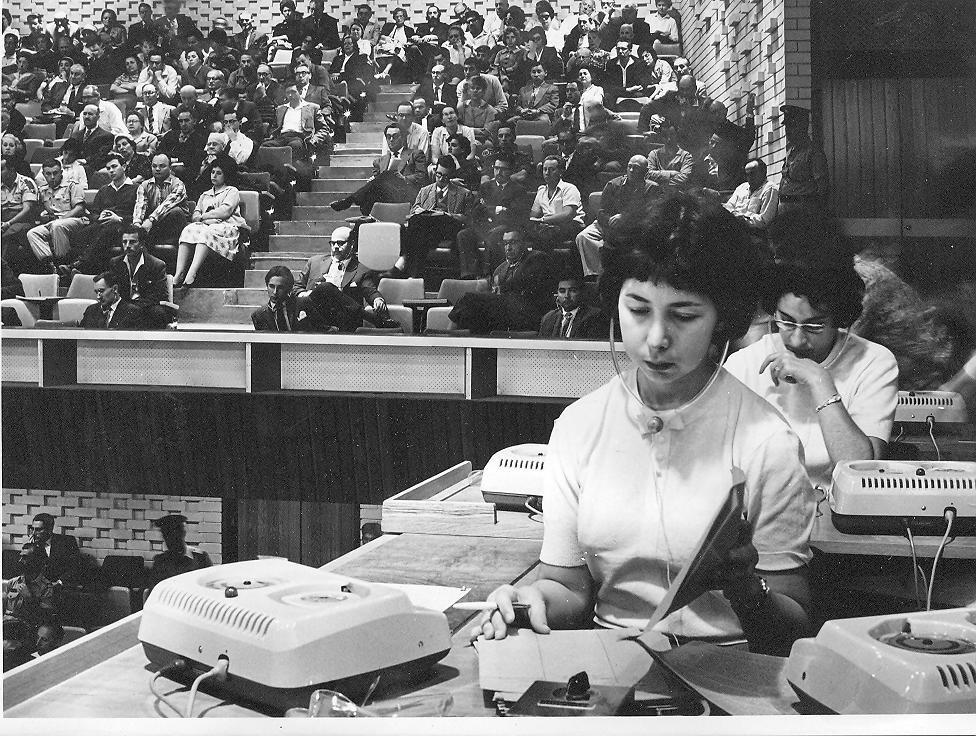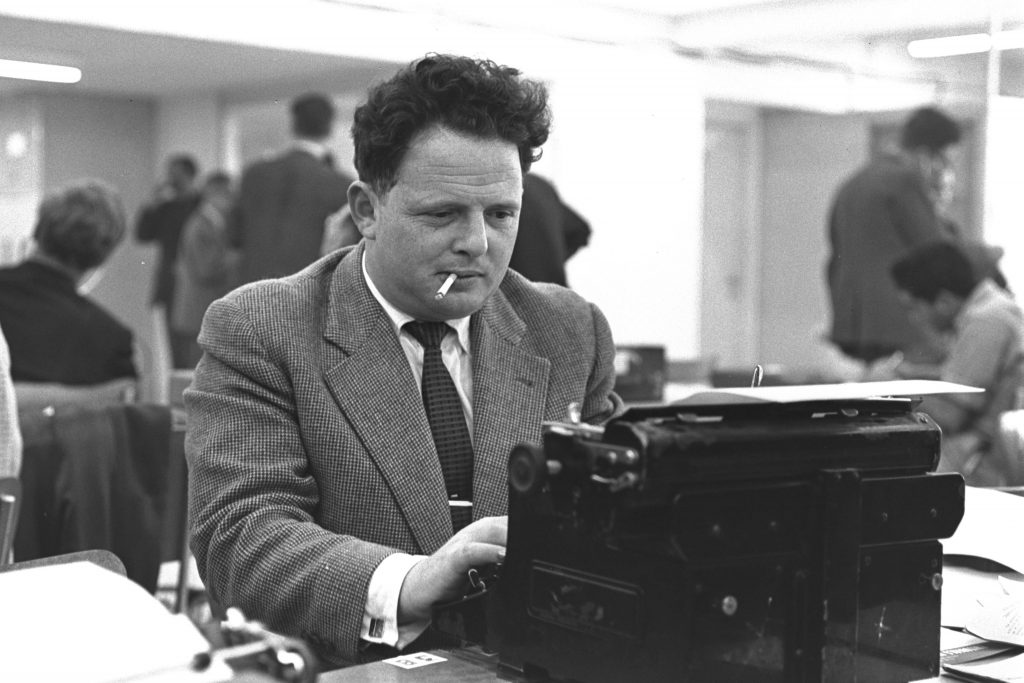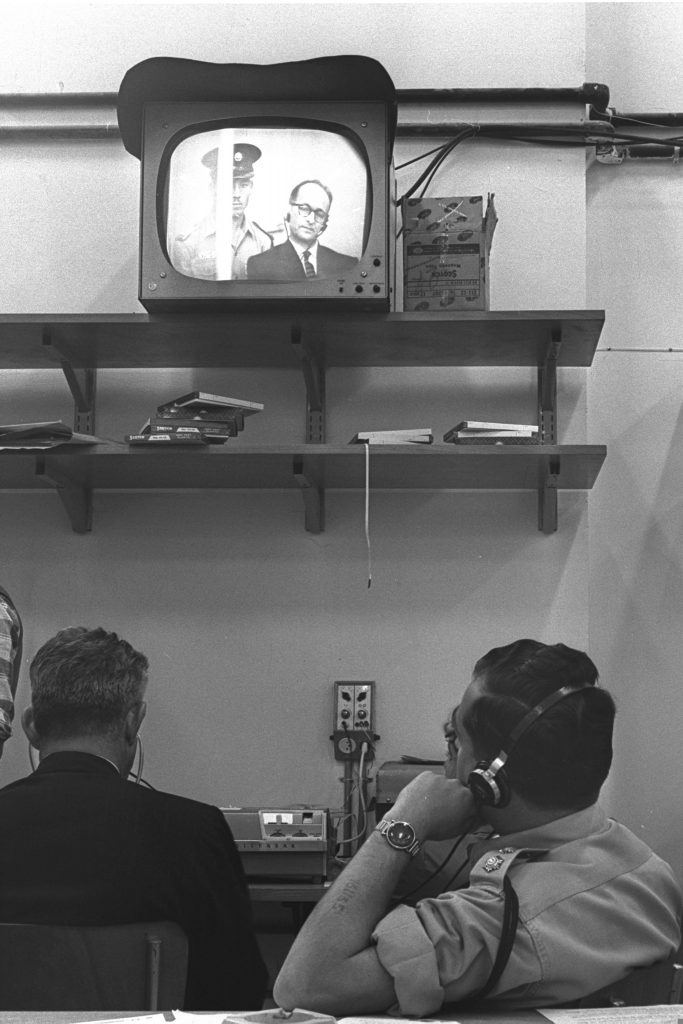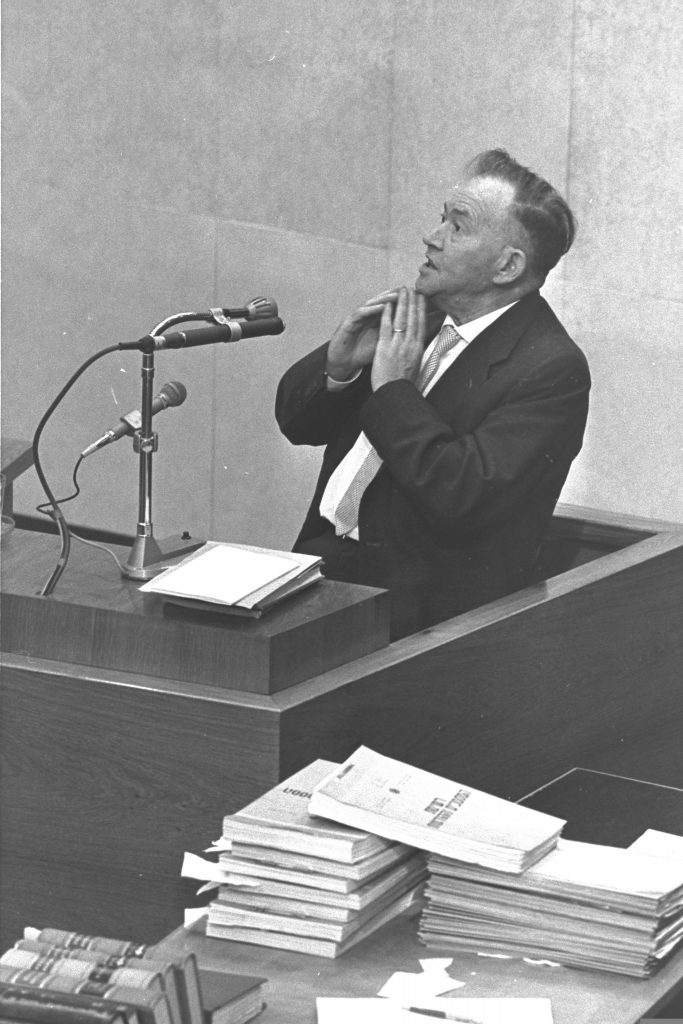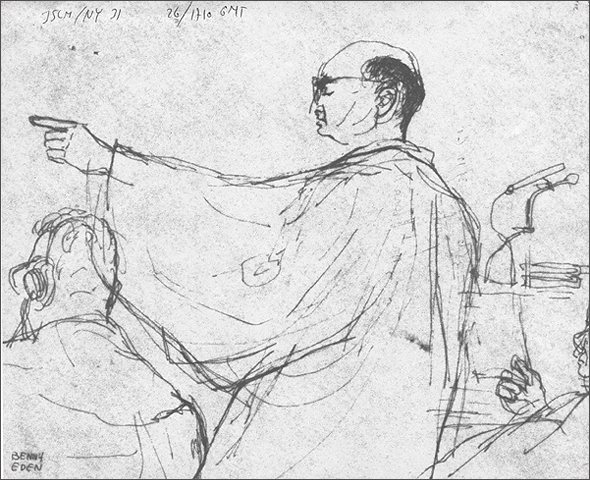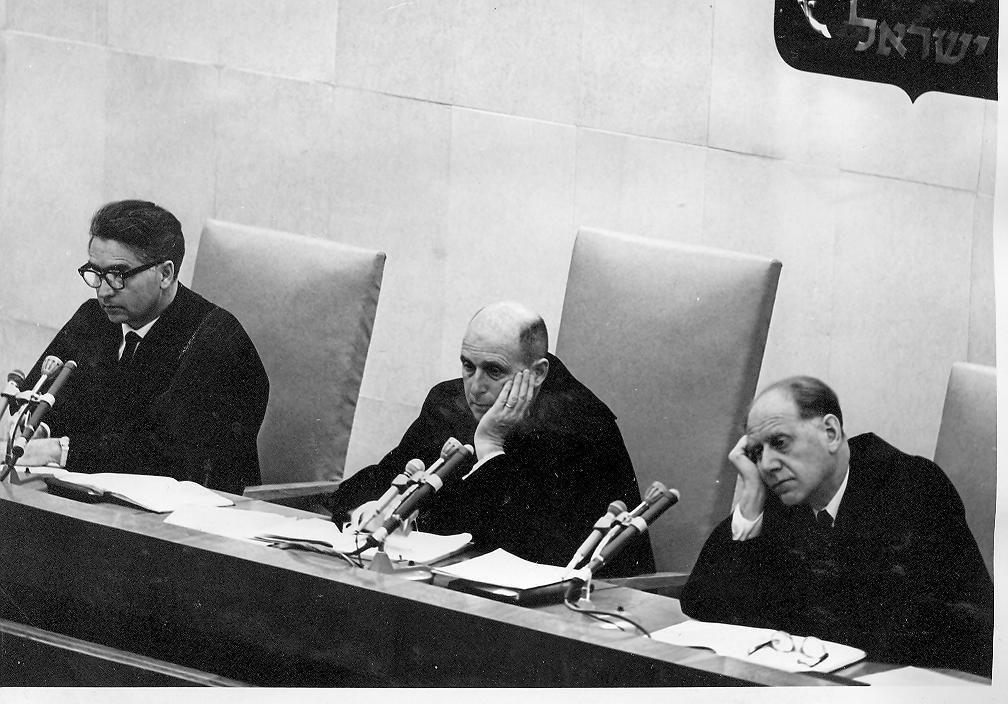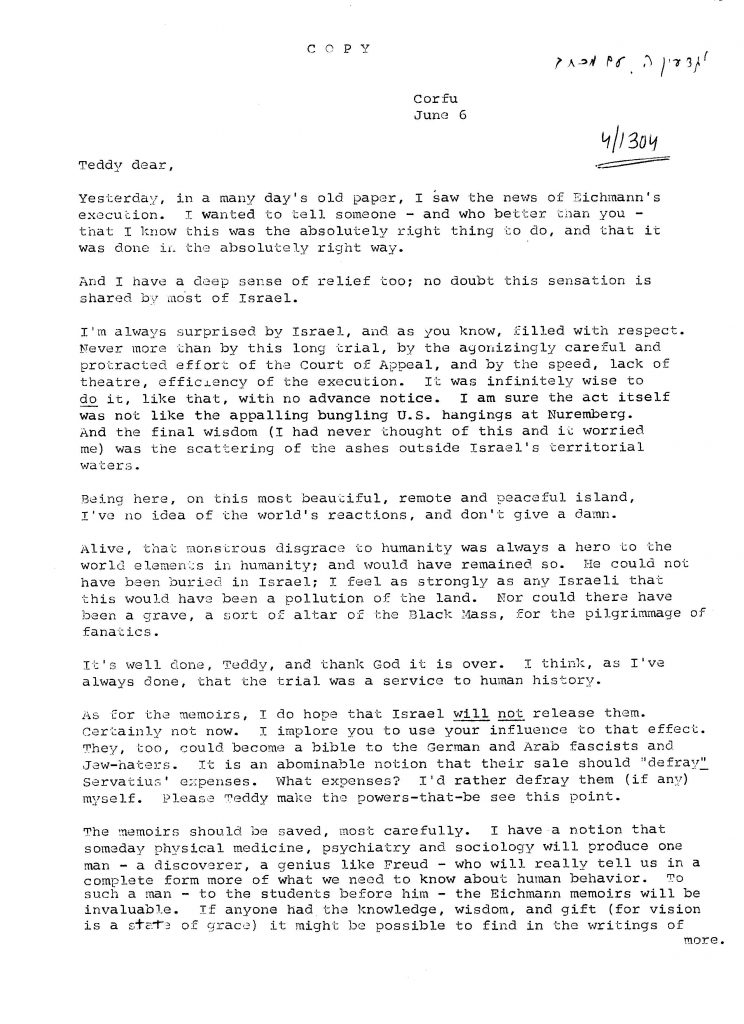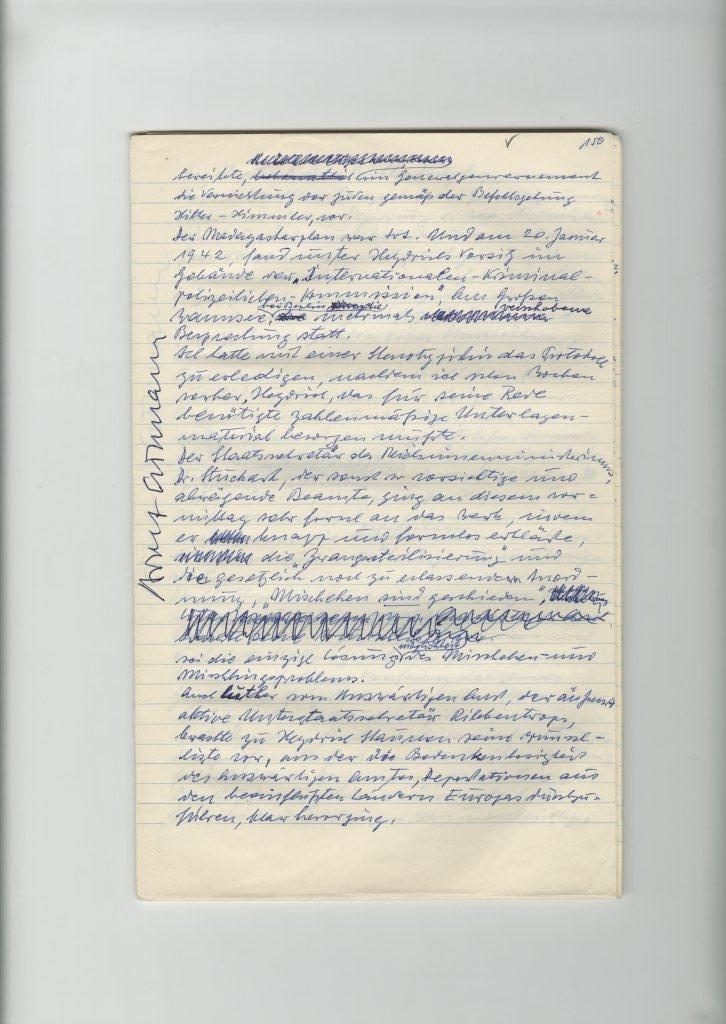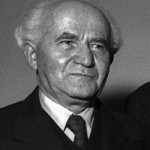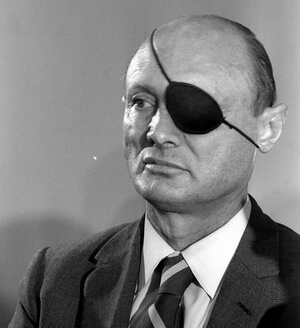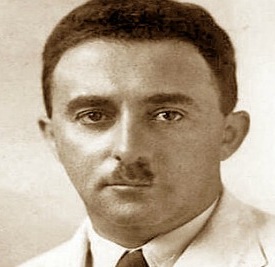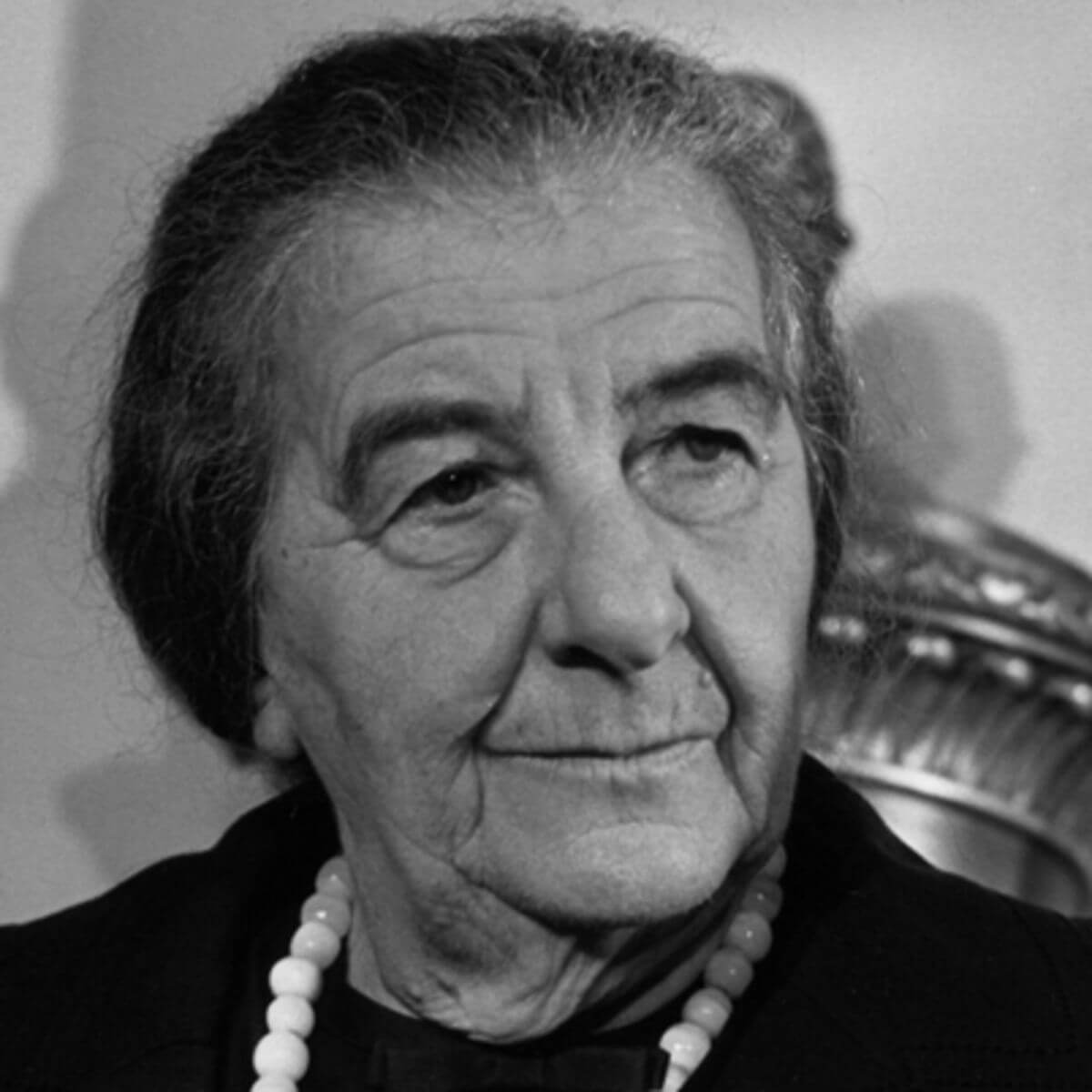ב.1 | Introduction
In May 1960 Israeli agents succeeded in capturing Adolf Eichmann, who played a central role in the annihilation of the six million European Jews, in Argentina, and brought him to Israel to stand trial. On May 23 1960 Prime Minister David Ben-Gurion announced in the Knesset that Eichmann had been captured, and immediately afterwards the police began his interrogation. The evidence collected was presented to the prosecution to draw up the indictment against him. At the same time, Israel’s diplomatic network prepared to cope with the reactions throughout the world to Eichmann’s abduction and the political issues involved.
Due to the importance of the trial, the government decided to appoint Gideon Hausner, the attorney-general, to head the prosecution team. The trial of Eichmann opened on April 11 1961 before a special panel of the District Court of Jerusalem, headed by Supreme Court Judge Moshe Landau. Seven months later Eichmann was convicted and on December 15 1961 the court sentenced Eichmann to death. Eichmann’s defence counsel, Dr. Robert Servatius, appealed the sentence. Deliberations on the appeal began in March 22 1962 and on May 29 1962 five Supreme Court judges rejected it. The request for clemency presented to the president, Itzhak Ben-Tzvi, was also denied, and on the night between May 31 and June 1 1962, Adolf Eichmann was executed.
These events are viewed by researchers as a turning point in the Israeli public’s attitude towards the Holocaust. For many months the Eichmann trial was the focus of attention throughout society, served as the main topic in all the newspapers and was widely reported in radio broadcasts. Professor Israel Gutman, one of the activists of the Warsaw Ghetto uprising and a Holocaust scholar himself, who testified at the trial, later wrote that the Eichmann trial brought about a change in the narrow and one-dimensional attitude of the Israeli public to the Holocaust and its victims. For the first time, “it [the public] was exposed to the full suffering of the victims, their distress, helplessness and their efforts to survive and retain some human dignity”. Following the trial the attitude to the Holocaust altered: if, in the nineteen fifties, the victims were perceived, for the most part, as people who “were led like sheep to the slaughter”, and the Holocaust was a focus of disputes and polemics, which culminated in the trial involving Rudolph Kasztner in 1954, the Eichmann trial provided a catharsis, after which the destruction of European Jewry became a topic that united society.
This publication presents a selection of documents related to the Eichmann affair which were first published in 2011 on the 50th anniversary of the trial. Many of the documents and photographs also appeared in an exhibition held at the Mémorial de la Shoah in Paris in April-September 2011, entitled “Juger Eichmann, Jérusalem 1961”
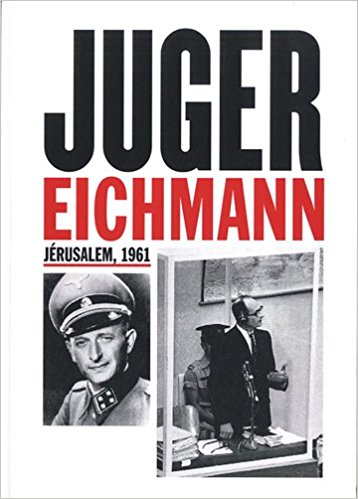
The catalogue of the exhibition

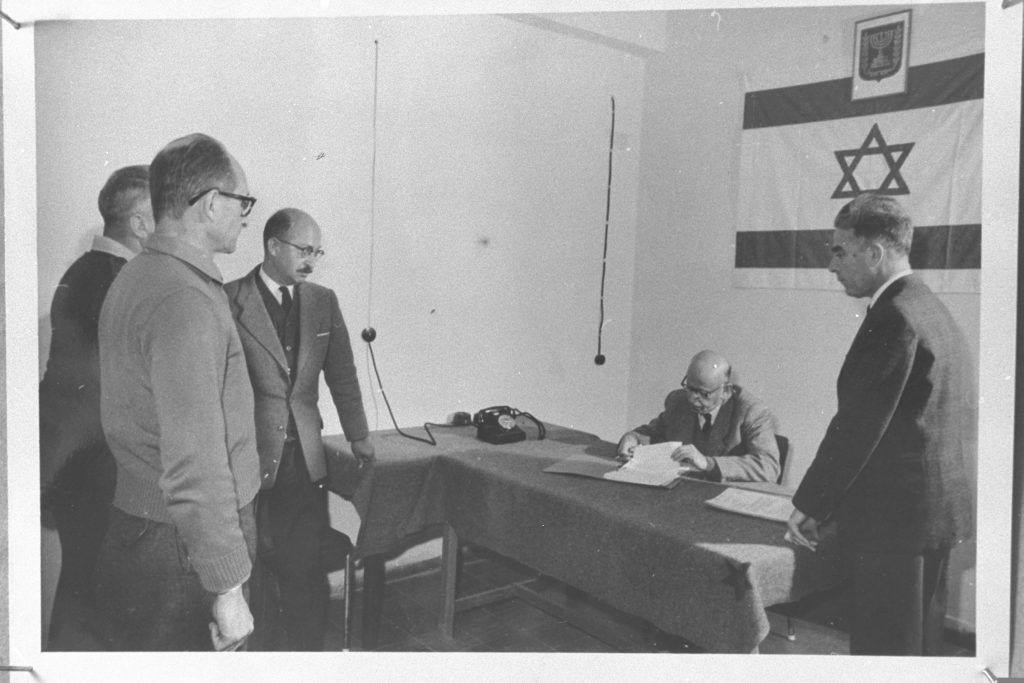
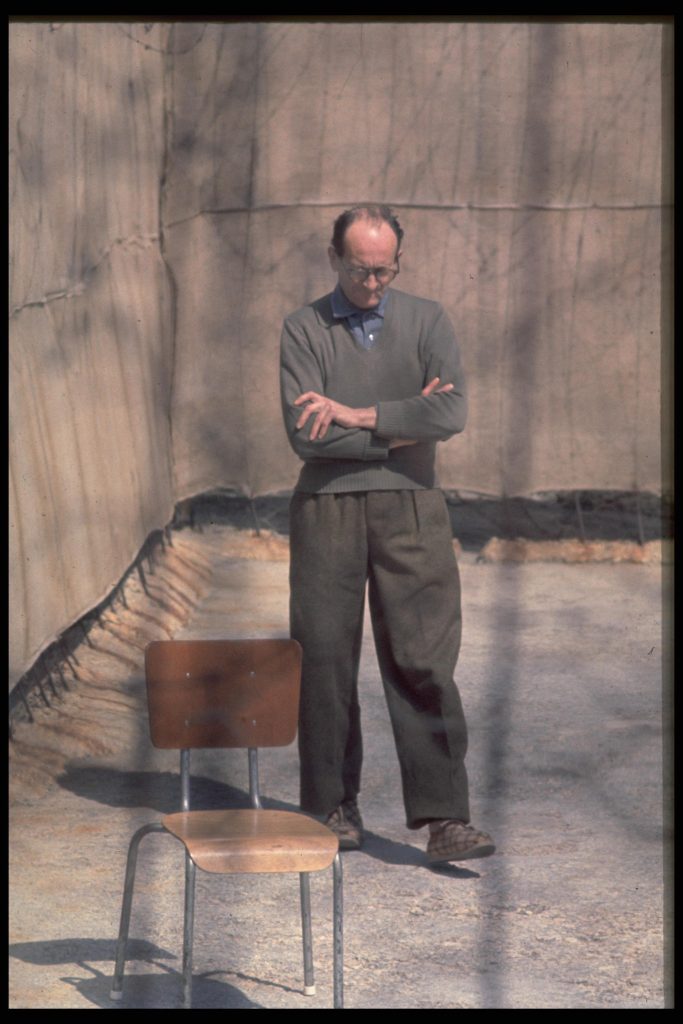
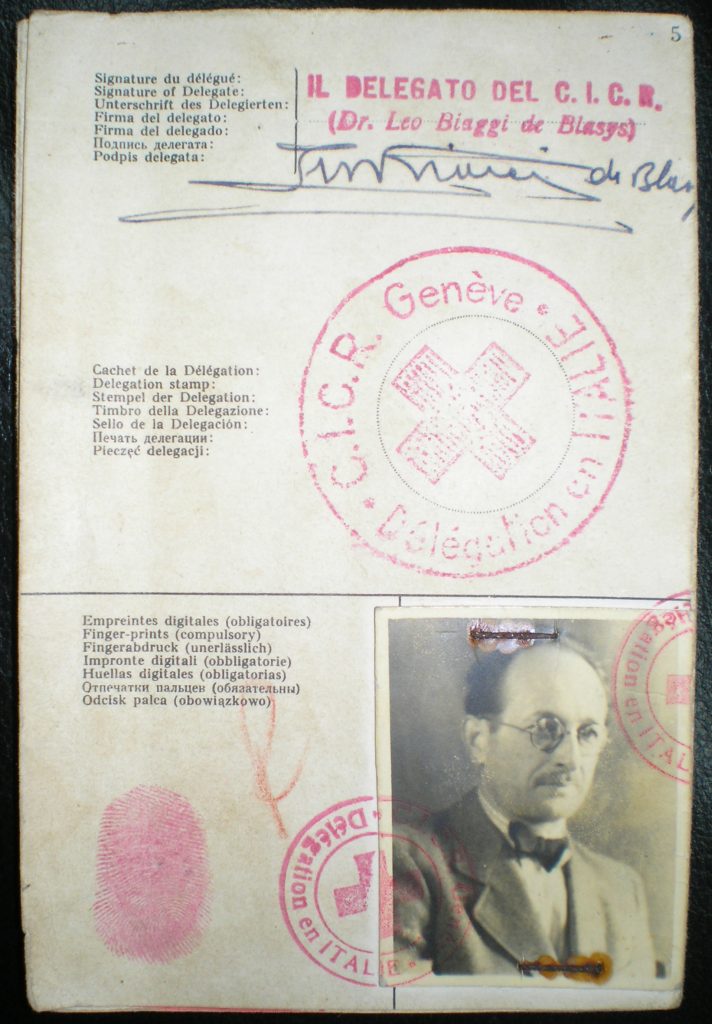

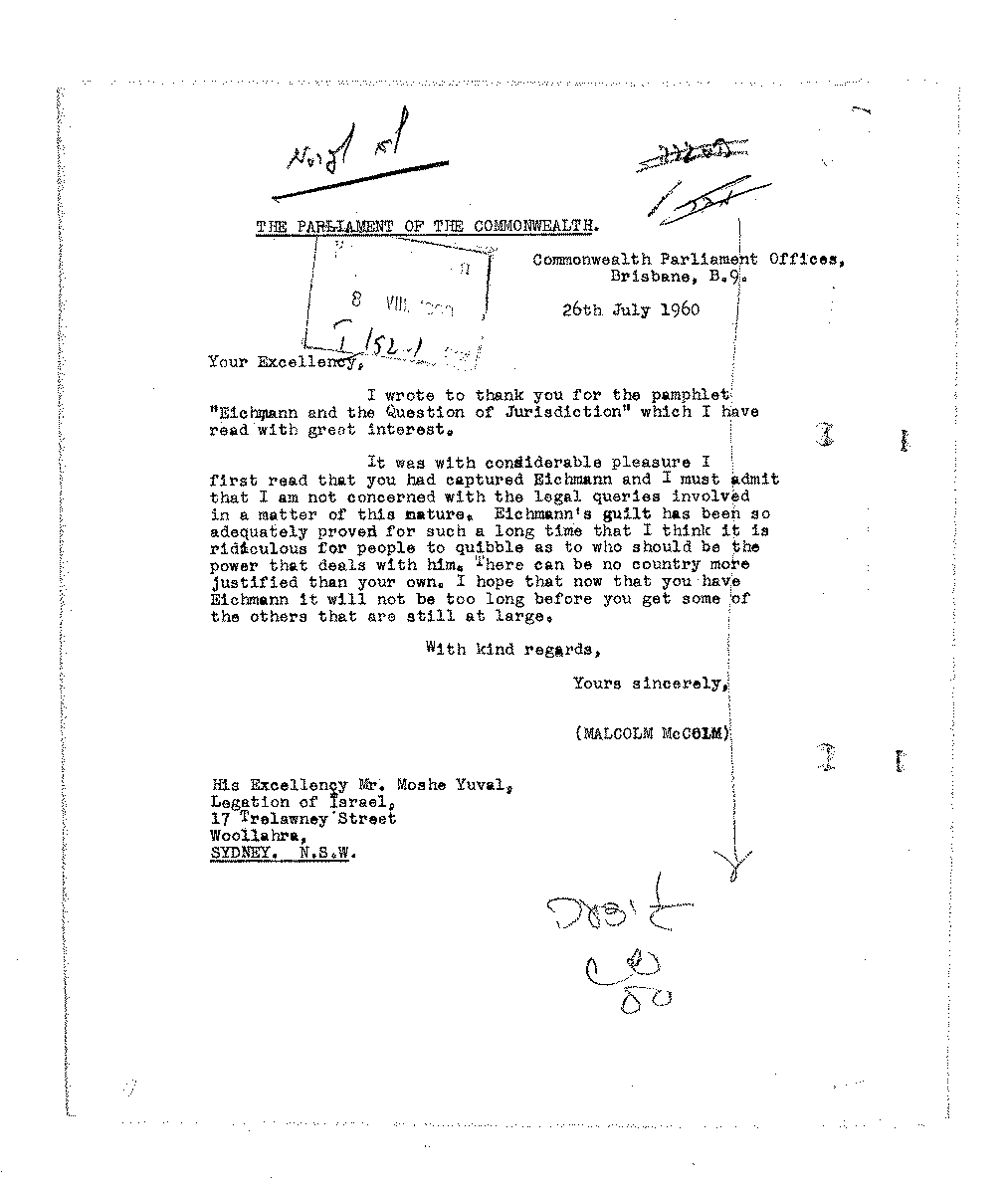
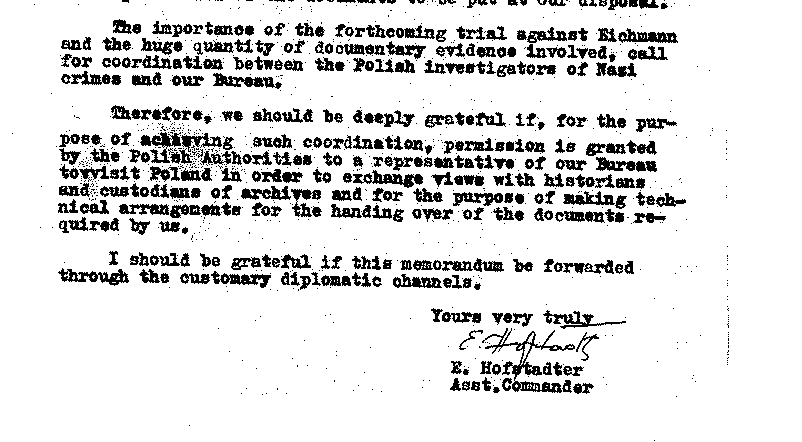
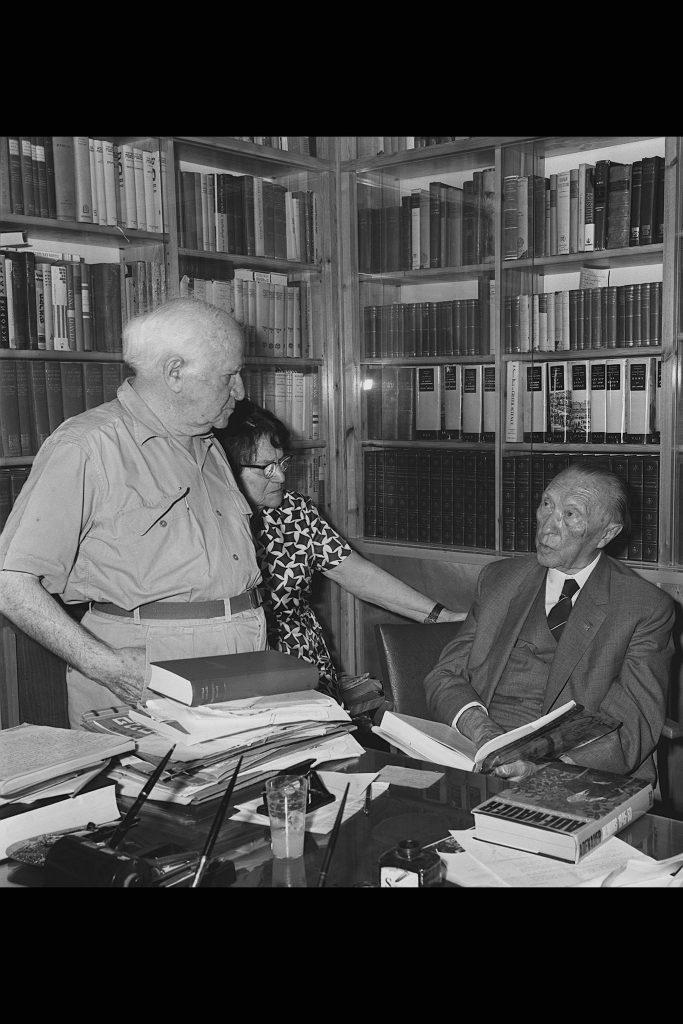
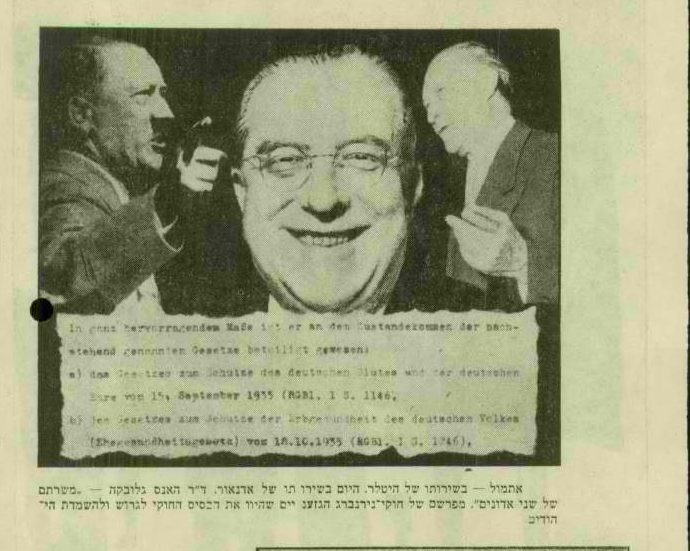
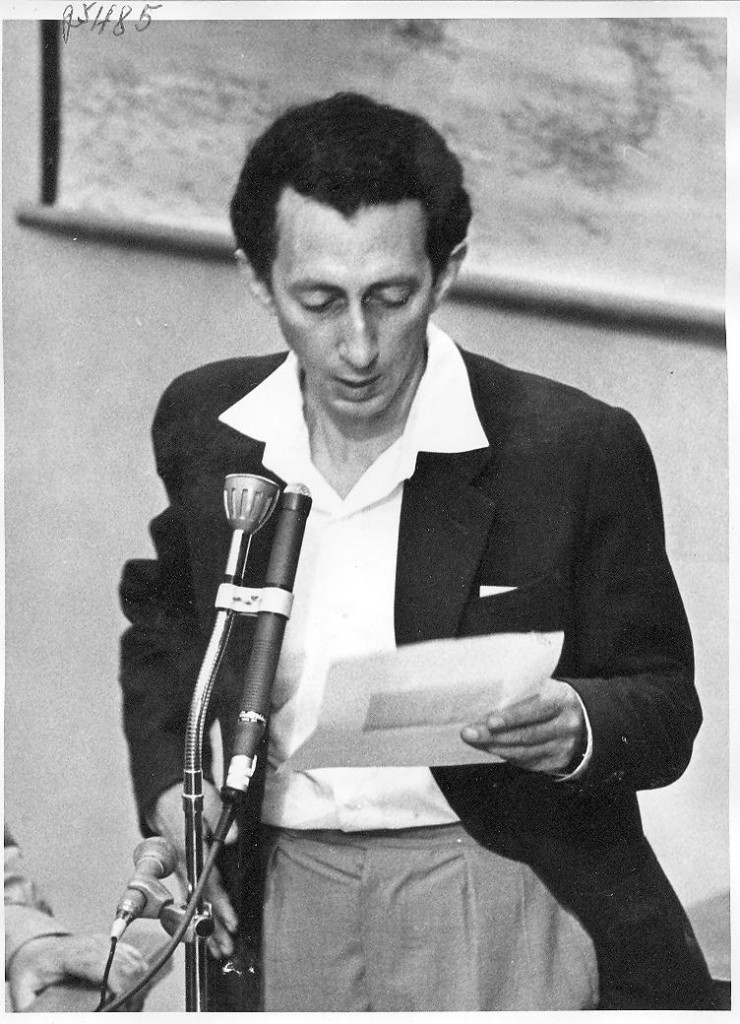
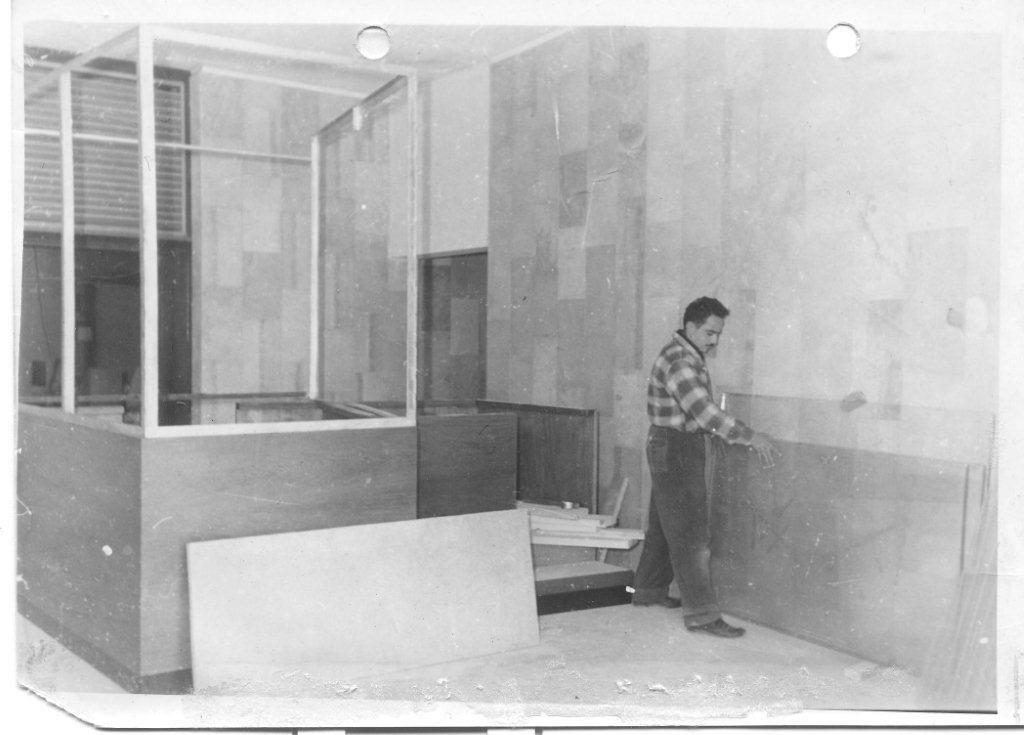
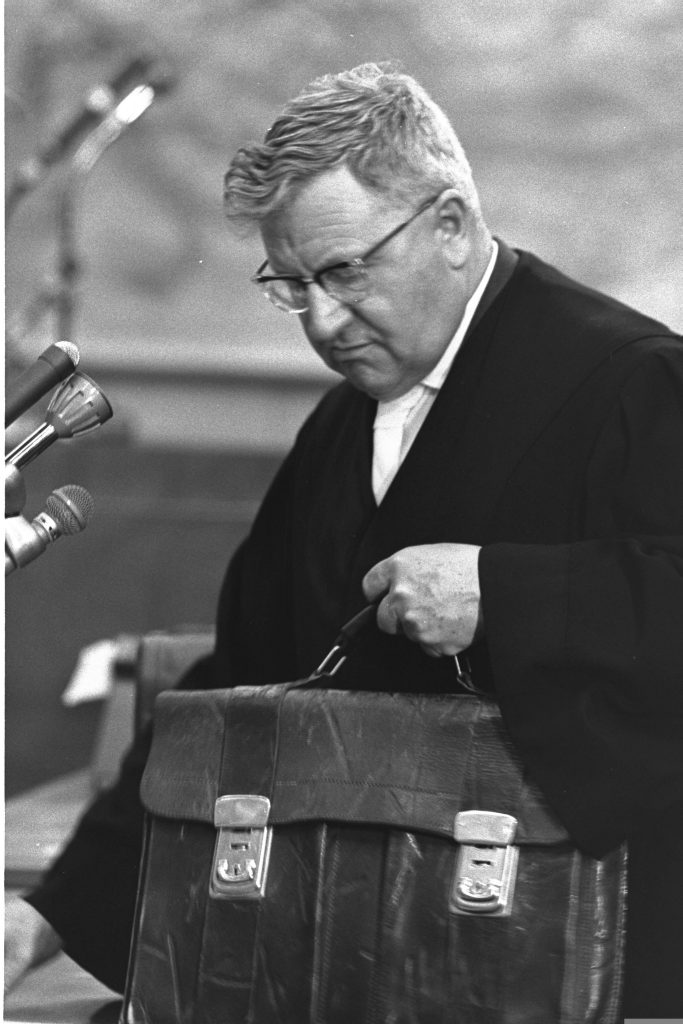
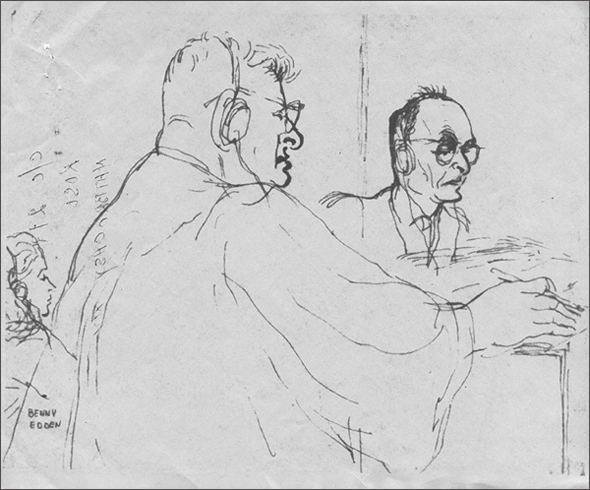
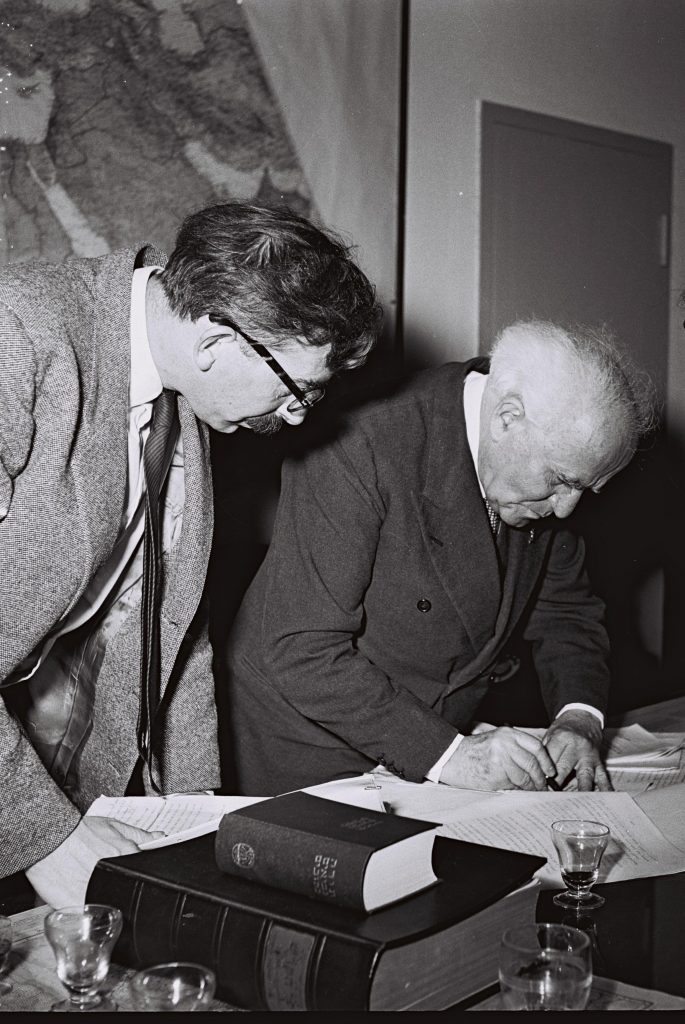
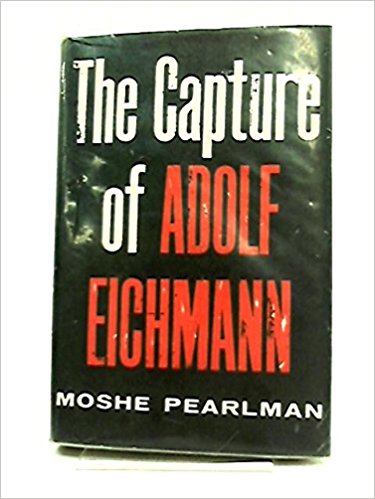 In a letter from Teddy Kollek, the director-general of the Prime Minister’s Office, to Isser Harel, he set out Ben-Gurion’s involvement in the preparation of the book, and added: “The book should appear and be distributed before the trial, so that it will help to shape public opinion before the event” (Document No. 60). Pearlman’s reaction to the censorship of his work can be seen in
In a letter from Teddy Kollek, the director-general of the Prime Minister’s Office, to Isser Harel, he set out Ben-Gurion’s involvement in the preparation of the book, and added: “The book should appear and be distributed before the trial, so that it will help to shape public opinion before the event” (Document No. 60). Pearlman’s reaction to the censorship of his work can be seen in 